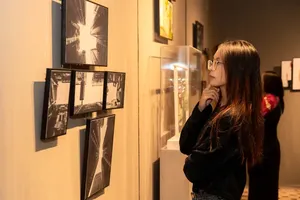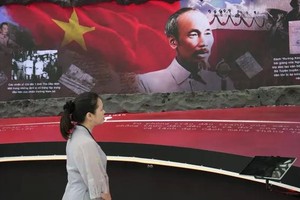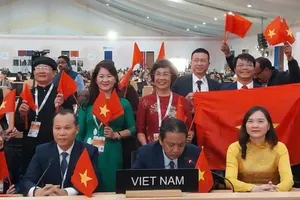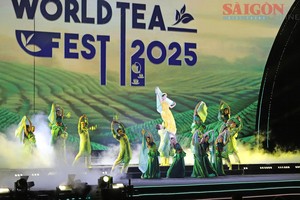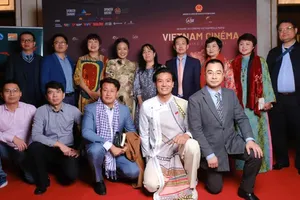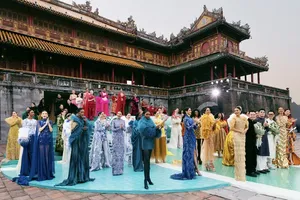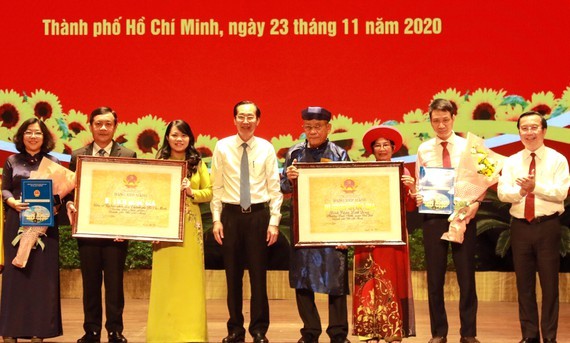
The event also aims at celebrating the 15th anniversary of Vietnam Cultural Heritage Day (November 23).
On this occasion, the municipal People’s Committee also presented certificates recognizing six architectural works as historic and cultural sites at the municipal level, including Thai Binh Temple in District 9, An Dien Memorial Area of Heroic Martyrs in Binh Chanh District, Sa Tan and An Hoi temples in Go Vap District, Tu Quang Pagoda in Hoc Mon District and Binh Dong temple in Binh Tan District.
At present, the city has 185 recognized relics, including two special national historical relic sites, 56 national relics)
Speaking at the event, Standing deputy chairman of HCMC People's Committee Le Thanh Liem asked the Department of Culture and Sports, local authorities of districts and relevant units to focus on managing, upgrading, protecting, preserving and restoring historic and cultural heritages as well as creating advantages for people to visit, especially student’s heritage education programs increasing their knowledge about the history of the country.
The headquarters of the People’s Committee of HCMC, previously known as the HCM City Hall or “L'Hôtel de Ville” is one of the most ancient architectures in the city. It was built from 1898 until 1909 and designed by the French architect, Femand Gardès, simulating the bell tower style in Northern France. After 1975 until today, the building is the workplace of the People’s Committee of Ho Chi Minh City.
The construction has a tall protruding tower. Two sides of the building are two balanced attics, the left and right sides of the work are lower than the rest. The facade design is a mixture of Baroque, Rococo, and Art Nouveau architectural styles.

